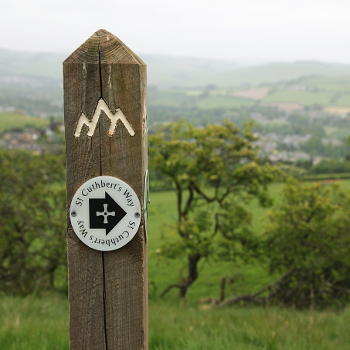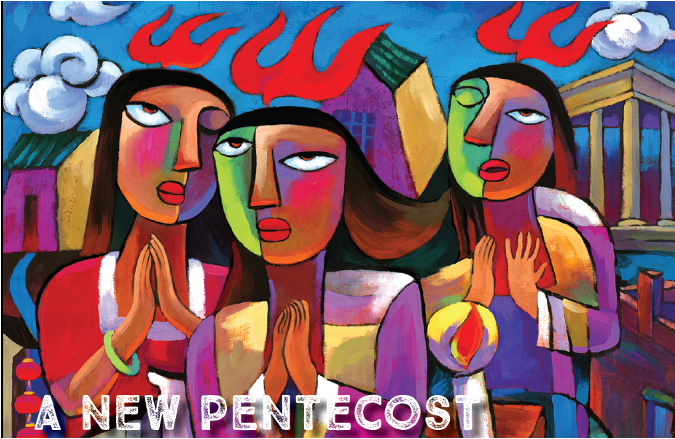
It would be so convenient if theological education could happen today as it did on the day of Pentecost:
All of them were filled with the Holy Spirit and began to speak in other languages. . . . And at this sound the crowd gathered and was bewildered, because each one heard them speaking in the native language of each. Amazed and astonished, they asked, “Are not all these who are speaking Galileans? And how is it that we hear, each of us, in our own native language?” (Acts 2:2–8 NRSV).
These days, translation doesn’t happen with quite the same divinely inspired spontaneity. When theological schools in the United States and Canada offer programs in languages other than English, leaders plan carefully and invest significant resources while working to communicate a vision and passion for multilingual theological education among faculty, staff, administrators, board members, and students. Sometimes it can seem overwhelming, but it’s happening all over: A recent informal poll of academic deans by In Trust found that courses or programs are currently being offered by North American seminaries in Spanish, Chinese, Korean, Portuguese, and Polish.
These multilingual options are in large part a response to demographic trends within churches. The Pew Research Center’s 2014 Religious Landscape Study found that the number of immigrants and second-generation Americans had grown (compared to seven years earlier) among mainline Protestants, evangelical Protestants, Catholics, and Jehovah’s Witnesses alike. While some of these groups had seen small increases since 2007 (from 11 percent to 14 percent among mainline Protestants and from 12 percent to 16 percent among evangelical Protestants), others had witnessed more significant growth (from 36 percent to 43 percent among Catholics and from 25 percent to 33 percent among Jehovah’s Witnesses). And having more immigrants almost always correlates strongly to congregations and parishes conducting more ministry in languages other than English as well. Seminaries are developing new iterations of theological education to fill a real need.
Initial considerations to explore
Leaders at three schools that currently offer programs in languages other than English have some suggestions for other schools that are considering rolling out their own programs.
Alvin Padilla has designed, launched, and directed academic programs in Spanish at Gordon-Conwell Theological Seminary in Massachusetts and at Western Theological Seminary in Michigan, where he currently serves as academic dean and vice president of academic affairs. He has navigated the labyrinth of components required to offer theological education in multiple languages — including recruitment, curriculum, assessment, logistics, student support services, and community building in a second language — and says that the key question leaders need to address is “How does this program fit into the school’s strategic plan?”
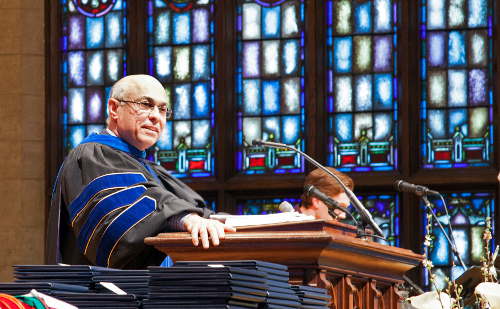 |
|
Alvin Padilla is academic dean and vice president of academic affairs at Western Theological Seminary. Courtesy Western Theological Seminary |
If a school is denominationally tied, he says the next most important question is “How does this program fit into the denomination’s plan?” Once school leaders answer these two questions, he says, it becomes easier to consider the many subsequent details, and programs have a better likelihood of becoming sustainable and successful. Having leaders committed to offering theological training in more than one language makes a real difference, he says. “Trustees need to communicate that this is the way the school needs to go, and that the president and vice presidents are responsible for getting us there.”
Sheryl Kujawa-Holbrook is vice president for academic affairs and dean of the faculty at Claremont School of Theology in California, which offers a doctor of ministry degree in Korean, focusing on practical theology. For her, the primary concern is whether an institution is willing to make the necessary investment and changes to embrace students who are seeking instruction in a language other than English. At Claremont, this means all information and processes for Korean-speaking students are in Korean, from recruitment and admissions material to library resources and worship resources. Claremont also has a director of Korean doctoral programs who interacts with all departments, and all course and program decisions go through Claremont’s regular curriculum committee.
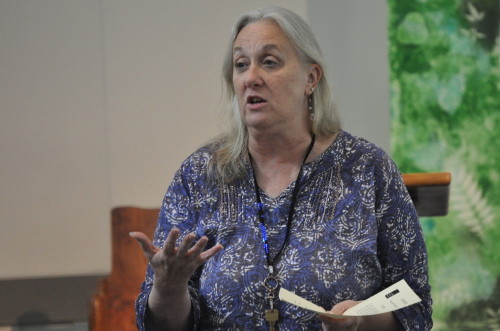 |
|
Sheryl Kujawa-Holbrook is vice president for academic affairs and dean of the faculty at Claremont School of Theology. |
The school’s president, Kah-Jin Jeffrey Kuan, visits Korea annually to build networks and develop relationships with stakeholders there. Claremont also has three Korean or Korean-American board members who, along with the board’s other people of color (and even non-Christian board members), bring a variety of points of view to decision making. “It has been a process where the whole community has had to grow and change in ways that make us a better place for all students,” Kujawa-Holbrook says.
At American Baptist Seminary of the West (ABSW) in Berkeley, California, LeAnn Snow Flesher, vice president of academics and dean of the faculty, recommends that schools answer four questions before introducing courses in a new language: First, do we have enough well-trained faculty to teach courses in these languages? Second, do we have enough students to make these programs sustainable? Third, do we have adequate ways to assess the courses and the learning that takes place? And fourth, do we have adequate educational resources for students in this program?
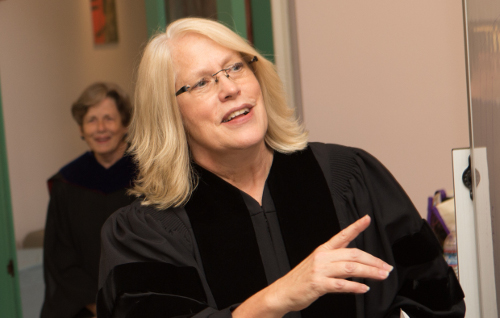 |
|
LeAnn Snow Flesher is vice president of academics and dean of the faculty at American Baptist Seminary of the West. |
Diversity of design
None of the programs at Western, Claremont, or ABSW look exactly alike, and neither do non-English programs at other schools. Offerings range from an occasional course, to certificate programs, to master’s-level and professional doctorate programs. For instance, ABSW’s Latino initiative targets Spanish- speaking lay leaders and pastors at the bachelor’s level, and its Korean program recruits D.Min. students from both North America and Korea who wish to write dissertations in Korean. While schools need to be creative to develop a workable program design, Padilla recommends against single courses, suggesting that schools only start programs in which students will be able to complete a degree. He feels that non-degree programs can lead to the non-English speakers being marginalized within their schools.
Creativity also plays a role in course design: the schools surveyed offer a mix of traditional semester-long courses on campus; online courses; hybrid online/on-campus courses; and intensive courses on campus, at local churches, or other cities or countries.
Up to high standards
How does innovation in program and course design affect accreditation? “That’s an important piece,” says Padilla, who has served for two decades as an evaluator on accreditation visits for the Association of Theological Schools (ATS).
He advises school leaders not to worry too much. “We see too many vice presidents and presidents who avoid innovating because they are fearful of [not meeting ATS] standards,” he says. “These programs are a way to reach more students.” Padilla encourages schools, when it’s appropriate, to connect with the Asociación para la Educación Teológica Hispana (AETH), which certifies the quality of Hispanic theological education programs.
Fortifying the program for the long haul
Padilla also emphasizes the power of partnerships, especially with denominations that are striving to strengthen Latino churches and plant new congregations. If a church is able to send a certain number of students, for example, Western is able to provide more financial aid, and the students have a built-in community. Padilla also recommends that schools invest in academic and tech support services in the language of the program. “A lot of these students are hesitant to seek support,” he says. More generally, he encourages schools to hire bilingual and bicultural people — for any position — whenever possible. And Padilla recommends that school leaders focus on the long-range plan: “Programs fail when we think of only the immediate future.”
Finally, Padilla says building a program in a new language takes a lot of positive thinking, and it helps to have all members of the community focus on questions like “How will this help the seminary? How will it contribute to a sense of belonging within the church?” and even “What’s in it for me?” Those charged with developing and running these programs need to keep board members and administrators apprised of the program, Padilla says, and the best way is by sharing stories and evidence of success.
By sharing stories, program representatives can make multilingual theological education a little more like Pentecost: the accounts of transformed lives from the whole known world are sure to amaze and astonish those who hear.


























